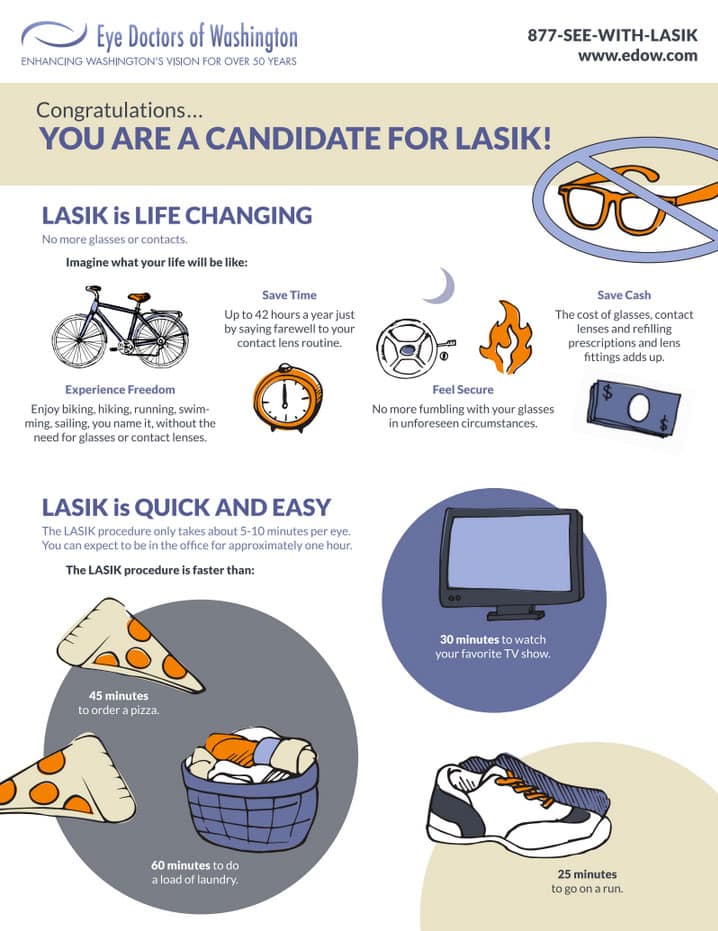As a cataract surgeon, your day starts with a complete eye examination, where you evaluate clients' vision and lens clearness. You know how essential it is to identify cataracts properly. Once diagnosed, you plan for surgical procedure, making sure every detail is accounted for. But https://titustohcv.blog2freedom.com/36340323/discover-to-recognize-the-appropriate-timing-for-cataract-surgery-and-learn-how-acting-quickly-can-alter-your-vision-and-regular-life does not finish there. The genuine journey unfolds in the operating room, where accuracy is vital. What takes place following could define a client's visual future.
The Diagnostic Process: Identifying Cataracts
When it comes to identifying cataracts, quality is key. You'll begin with an extensive eye assessment, where you'll evaluate visual acuity and look for any kind of signs of cloudiness in the lens.
During this procedure, you'll utilize specialized devices, such as a slit light, to get a thorough sight of the eye's structure. https://gregorynhbvp.sharebyblog.com/36098212/start-your-course-to-improved-vision-by-collecting-crucial-details-concerning-your-initial-visit-to-a-cataract-specialist-and-find-out-about-the-surprises-that-could-be-in-advance 'll additionally do a dilated eye exam to examine the lens and retina better.
Gathering your individual's case history is essential, as it aids determine danger aspects like age, diabetes, or previous eye injuries.
After analyzing the results, you'll identify the existence and seriousness of cataracts. This thorough approach guarantees you supply the most effective referrals for therapy, establishing the stage for the next action in their care.
The Surgical Procedure: Accuracy in Action
After diagnosing cataracts and discussing therapy options, you prepare for the procedure, where accuracy is critical.
You enter the operating room, putting on clean and sterile gloves and a mask. The patient rests easily under bright lights, prepared for the improvement.
https://johnathanmhbvp.theisblog.com/36573426/post-cataract-surgery-understanding-the-changes-in-your-vision-is-vital-discover-what-is-usual-and-what-may-suggest-an-issue-are-you-accustomed-to-the-indicators start by providing regional anesthesia, ensuring they feel no pain. With a constant hand, you make a tiny incision in the cornea, utilizing sophisticated strategies to eliminate the cloudy lens.
You very carefully insert the fabricated intraocular lens, aligning it perfectly for ideal vision. Throughout the procedure, you monitor vitals and readjust as needed, preserving concentrate on the job.
In simply a short time, you'll have restored your patient's view, a pleasing result for both of you.
Post-Operative Treatment: Ensuring Optimum Healing
Once the surgical treatment is total, your duty changes to ensuring the individual's smooth healing.
You'll start by giving clear post-operative guidelines, emphasizing the importance of wearing the eye guard and taking proposed medicines. Remind them to stay clear of scrubing their eyes and participating in strenuous tasks.
Set up a follow-up consultation within a few days to keep an eye on recovery and resolve any concerns. Encourage https://www.finder.com.au/laser-eye-surgery-costs to report any indications of infection, such as increased inflammation or discharge.
Furthermore, discuss the importance of using man-made tears to ease dryness. Assistance their emotional well-being by assuring them that visual enhancements may require time.
Final thought
In a cataract surgeon's day, you witness the trip from diagnosis to recovery. You see the precision in surgical treatment and the care taken post-operation to ensure your ideal healing. Via this experience, you get quality not simply in vision, but in understanding the whole procedure. The trust developed between you and your surgeon is important, paving the way for a smoother recovery. With the right assistance, you get on your method to appreciating a brighter, more clear world.
